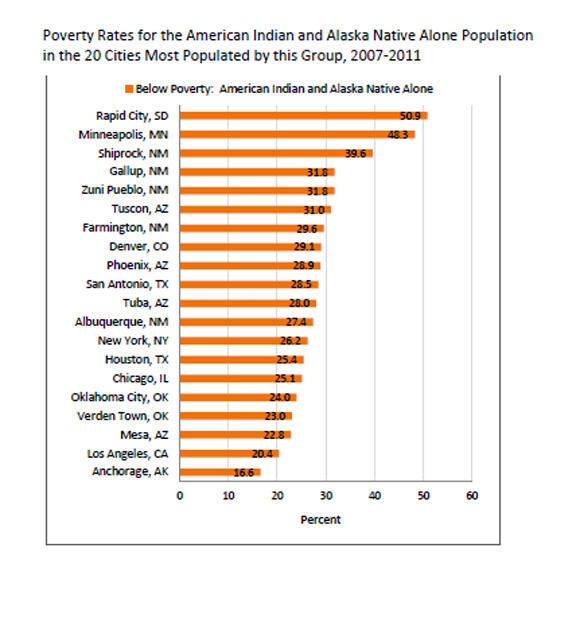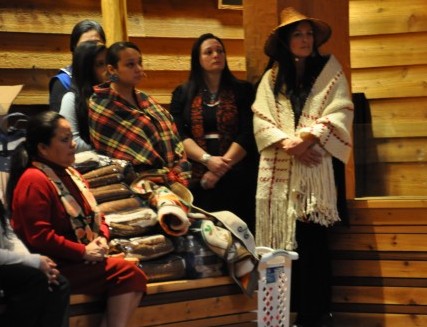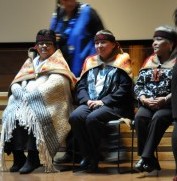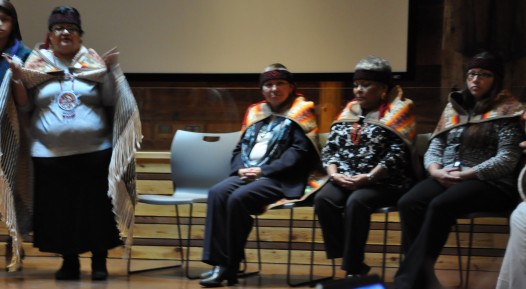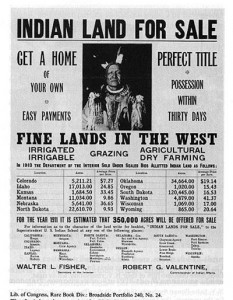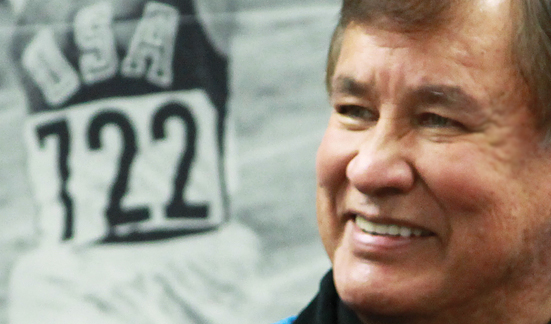American Indian Arts fetch high prices in auction
By Monica Brown, Tulalip News Writer
Lately there has been a rise in the American Indian culture in the media. It’s possible, through their eyes that we have reached the time where the American Indian culture seems to be more of a legend than a thing which has evolved over time and is still around. Many different people, including the hoity-toity that have money to spend, are obtaining pieces of American Indian Artifacts.
This February, the American Indian & Ethnographic Art auction grossed $1,777,912.50; this included the buyer’s premium, making it the most successful sale that the American Indian & Ethnographic Art department at Skinner, Inc. has ever experienced. Skinner, Inc. auctioneers and appraisers are located in Massachusetts and have been in the auction business for over forty years.
Reasons these pieces are selling for such high prices is as the Skinner website states, “Tribal art tells the story of our shared human history. From the earliest pre-Columbian relics, to Native American trade materials, these objects take us back to another time and place, while at the same time possessing a simple beauty that fits into the most sophisticated modern design aesthetic.”
Douglas Diehl, director of the American Indian & Ethnographic Art department at Skinner explained in a press release, “There is a definite resurgence in interest in rare and evocative American Indian art and artifacts and every category performed well across the board.” Bidders competed from the floor, by phone, and over the internet during the auction.
“This record-setting sale represented early American material at its very best and we are pleased to bring items of this quality to auction.”
Plains Indian Art was the highest lot bringing in $144,000. The item, a Plains pony beaded hide shirt which came from mid-19th century and had belonged to Eugene Burr. Coming with the shirt was an account of where and how Eugene had come to possess the item in. The Burr family traveled west along the Oregon Trail to Utah in 1855. Eugene’s father, David H. Burr, was appointed the first Surveyor General to the state of Utah. His father and his brother David traveled with him through Indian Territory and kept a diary of the journey. Eugene Burr died at the age of 17 in 1857; his initials are marked on the inside of the shirt.
There were heated biddings on an assortment of hide cradles which raised the prices of other lots well above their pre-sale estimates. A pictorial Lakota cradle with a pre-sale estimate high of $35,000 sold for $78,000. A Cheyenne beaded hide cradle doubled its high estimate and sold for $30,750.
Cradles from the collection of the late Joseph J. Rivera collection of Santa Fe’s Morning Star Gallery included a Kiowa model cradle, $57,000 and a classic Lakota beaded cradle for $33,600 – both exceeded pre-sale estimate highs. A Pawnee-style bear claw necklace made by Milford Chandler (1889-1981), $57,000.
Two rare and beautiful Yupik Eskimo masks brought prices of $31,200 and $57,000. The first a mask showing a bird head on top of a circular human-like face and the second a face framed by stylized animal ears. Both said to be from Gustaf Osterberg, Chief mate on the US Coast and Geodetic Survey ship Yukon. Osterberg began making trips to the Alaskan coast in 1913.
In 2011, a Navajo blanket dated to be from the early 1900’s went for over $200,000 in auction. Diehl said he “ realized the minute I first saw the weaving, with the variegated wool, the browns, all this great character, that this had to be a really early third phase Chief’s blanket.”, in his blog post about the blanket prior to it going up for auction.
Some of us are wondering if this growing interest in the American Indian culture is a trend that will fade or is this a genuine curiosity and love of a culture which has evolved and grown over time.



